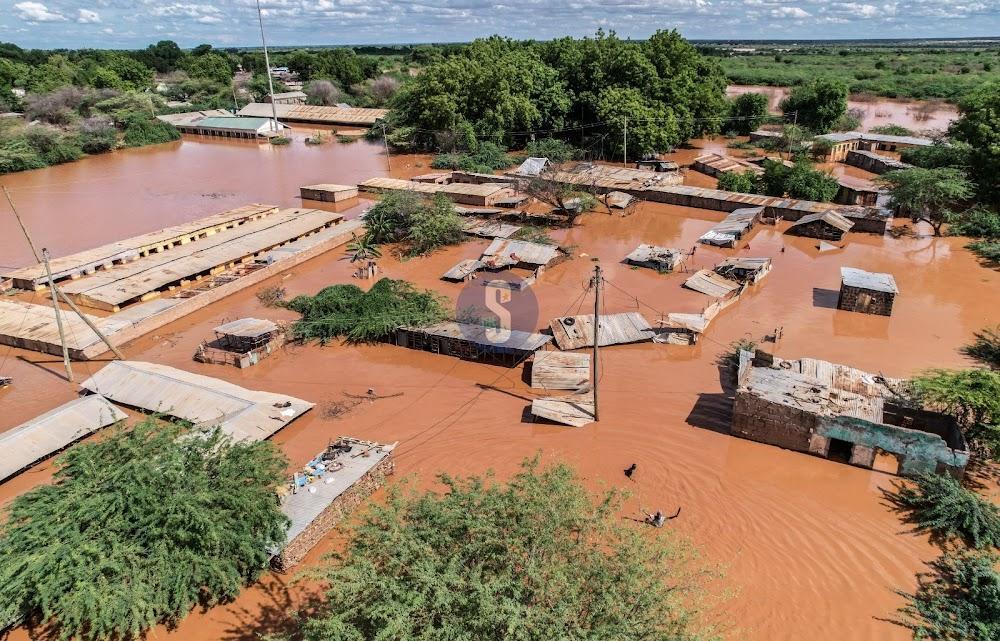Africa-Press – Kenya. As Kenya faces yet another year of devastating floods, the sorrow of displacement, loss of life, and economic turmoil brings a pressing question to the forefront: How can we turn the tide against this recurring disaster?
The impact of flooding across our nation not only highlights the immediate humanitarian crisis but also underscores the urgent need for comprehensive and sustainable interventions.
Flooding in Kenya is primarily caused by a combination of factors including seasonal rains, inadequate drainage systems, and the effects of climate change.
Urban areas, with their impervious surfaces and often haphazard development, suffer significantly due to poor water management systems.
Rural regions are not spared either; deforestation and inappropriate land use exacerbate the vulnerability of these areas.
To address the complex issue of flooding, First, there is a critical need for investment in infrastructure that is resilient to extreme weather conditions.
Enhancing our drainage systems to efficiently manage stormwater, especially in urban centers, is a start.
Equally important is the restoration and conservation of wetlands which act as natural water absorbers and can mitigate the impact of floods.
Community-based approaches also hold significant promise. By involving local communities in flood prevention efforts, we can ensure that solutions are tailored to the unique needs of each area. This
includes the construction of sand dams and rainwater harvesting systems, which can reduce surface runoff, a major cause of flooding.
Public education campaigns are essential to raise awareness about the ways communities can reduce their risk and manage emergencies effectively.
Furthermore, our land-use policies must reflect an understanding of our changing environment.
Stringent regulations are needed to prevent construction in flood-prone areas and preserve natural buffers like forests and grasslands.
Satellite technology and geographical information systems (GIS) should be employed to better predict flood events and plan urban development accordingly.
The role of climate change in flooding cannot be overlooked. As such, Kenya’s commitment to sustainable environmental practices must be unwavering.
This includes adhering to international climate agreements and implementing local strategies that reduce our carbon footprint, such as promoting renewable energy and sustainable agricultural practices.
While the challenge of flooding is daunting, it is not insurmountable. With strategic investment in infrastructure, community engagement, wise land-use planning, and environmental stewardship, we can mitigate the effects of floods.
Our response to this crisis will not only test our resilience but will also define our commitment to a sustainable future for all Kenyans.
The time to act is now; let us rise together to meet this challenge head-on.
Ms. Diane Onditi is a Communications and PR specialist based in Nairobi.
For More News And Analysis About Kenya Follow Africa-Press






